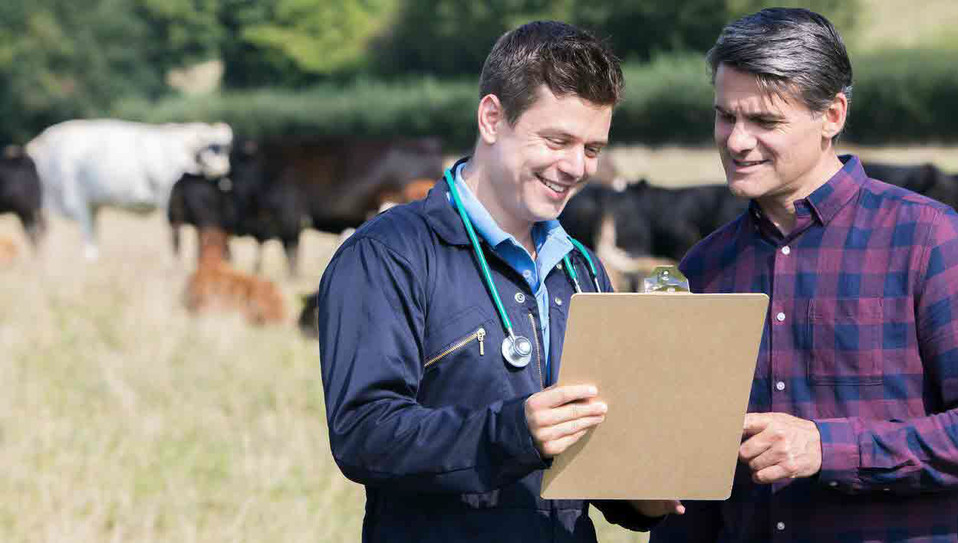Aussie producers play a role in the fight against antibiotic resistance
13 Nov 2017
As part of World Antibiotic Awareness Week (13-19 November), the Australian Veterinary Association (AVA) is highlighting the importance of veterinarians and farmers working together to use antibiotics responsibly in livestock.
President of the AVA, Dr. Paula Parker said that veterinarians and farmers have been working closely together for decades to ensure Australia’s livestock have low levels of antimicrobial resistance in their bacteria, especially when compared to most other countries, but we can’t afford to be complacent.
“As stated recently by the United Nation’s General Assembly, antimicrobial resistance has become one of the biggest threats to global health. Misusing antibiotics puts us all at risk. Although resistance mainly originates from antibiotic use in humans, there’s evidence that the use of antibiotics in food-producing animals can also contribute to the problem,” she said.
In Australia, we have stringent controls in place that ensure veterinarians use antibiotics carefully. The AVA also provides ongoing education and resources to assist veterinarians to stay up-to-date on antimicrobial resistance and best practices in antibiotic use.
“Veterinarians and farmers can work closely together to develop and update on-farm infection prevention and control protocols that work to keep our livestock fit and healthy,” she said. “When animals get sick veterinarians know when and how antibiotics can best be used so it’s essential that this partnership of vet and farmer continues to work effectively - ensuring best management of illness in livestock.”
Important recommendations for preserving antibiotics include:
- Only giving antibiotics to animals on veterinary advice
- Giving antibiotics at the dosage and timing prescribed by your veterinarian
- Never using leftover antibiotics and not using on other animals
- Vaccinating animals to reduce the need for antibiotics
- Maintaining high-level biosecurity on farms and preventing infections through improved hygiene and animal welfare.
“Veterinarians can also assist farmers to audit their biosecurity risks through BIOCHECK™, a program run by the AVA’s cattle group that helps farmers put appropriate risk management strategies in place to help decrease exposure to pests and diseases and therefore reduce the need for antibiotics,” she said.
For more information visit www.ava.com.au/amr
For further information and requests for interviews contact the AVA media office on 0439 628 898 or media@ava.com.au.
The Australian Veterinary Association (AVA) is the only national association representing veterinarians in Australia. Founded in 1921, the AVA today represents 9000 members working in all areas of animal science, health, and welfare.
